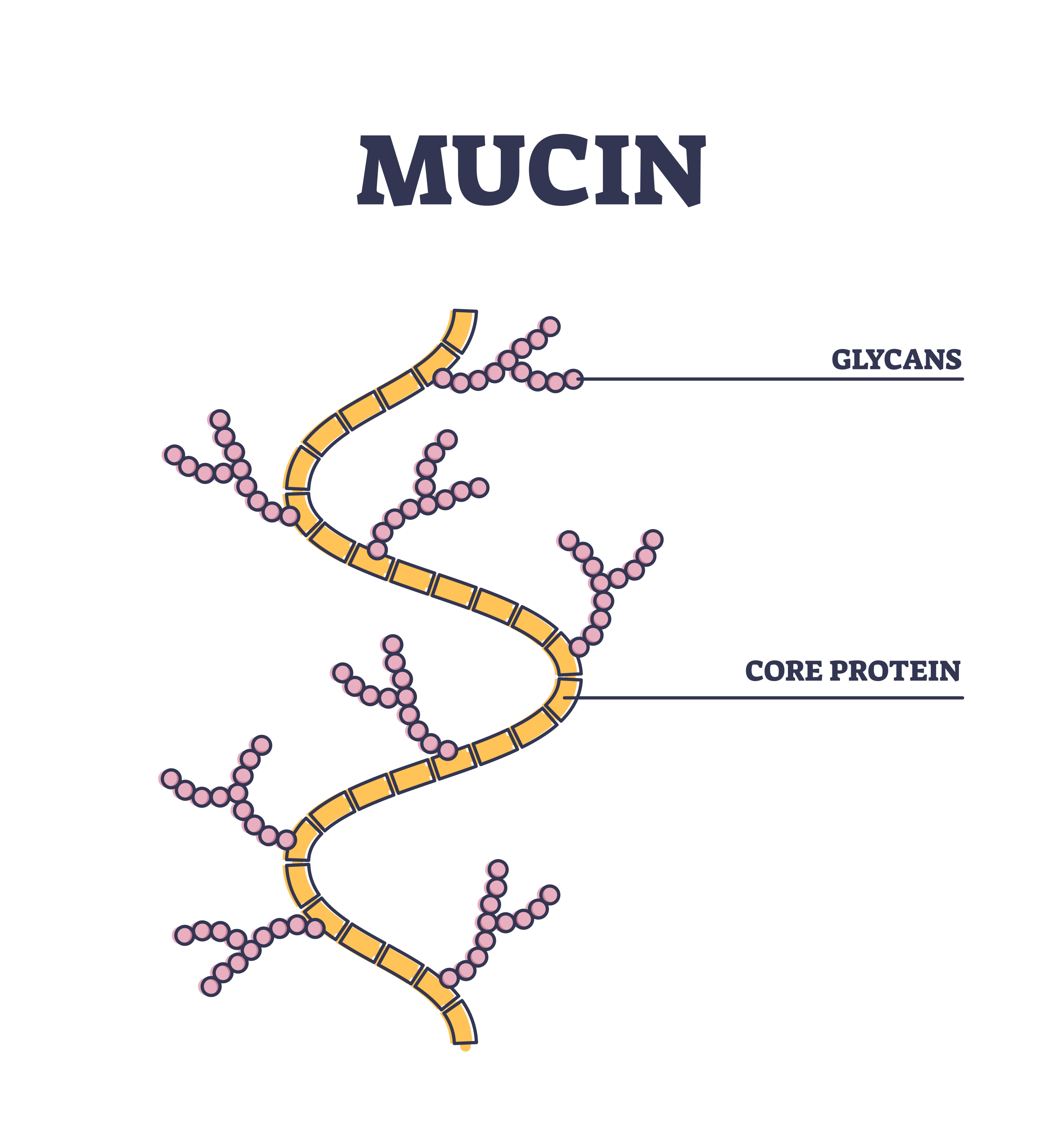Does the “sugar coating” on the outside of our cells hold the key to detecting early-stage ovarian cancer? Can microscopic particles carry medication to the source of an intra-uterine infection and reduce the risk of premature delivery during pregnancy? Are there differences in a woman’s biology and societal circumstances that affect outcomes from coronary artery disease?
These are just a few of the questions our funded investigators are addressing in three newly awarded grants from Women’s Health Research at Yale’s Pilot Project Program. This program offers researchers the funding and support to generate data that can be implemented in clinical and personal practice. Moreover, the findings derived from these pilot projects often propel an investigator’s research forward and serve as feasibility data for external grants.
“Each project is designed to answer essential questions in women’s health and information that has a practical benefit,” said WHRY Director Carolyn M. Mazure, PhD, the Norma Weinberg Spungen and Joan Lebson Bildner Professor in Women’s Health Research and Professor of Psychiatry and Psychology.
Ovarian Cancer
Survival rates improve dramatically the earlier ovarian cancer is detected and treatment is started, yet few biological markers are available to screen for early-stage disease and their effectiveness is limited. These realities underscore the critical need to identify a “biomarker” that can provide early detection of existing cancer.
Stacy Malaker, PhD, Assistant Professor of Chemistry, was awarded WHRY’s Wendy U. and Thomas C. Naratil Pioneer Award to test a novel approach to early detection by investigating the role of glycans – the sugar molecules that coat the outside of all human cells – in the body’s immune defense against cancer and other diseases.
When glycans attach to amino acids within a protein – the complex molecules that do most of the work within cells – a molecule called a glycoprotein is formed. If the normal process in which the glycans attach to the protein (called glycosylation) is altered, then the glycoprotein’s capacity to function may be reduced or lost.
“We know the pattern of glycans on glycoproteins can change in different diseases. By investigating how the pattern of these sugars change, we can improve our understanding of the underlying biology of disease and develop better early screening methods,” Dr. Malaker explained.
The glycoprotein that coats the outside of ovarian cells (called Mucin-16) is predominantly composed of glycans, which provides protection for the ovarian cell. However, a disruption in Mucin-16’s normal glycosylation process (that can be caused by any number of molecular events in building glycan structures) can change the glycan patterns, thereby diminishing the capacity to provide immune defenses for the ovarian cell, such as activating the body’s cancer-killing T-cells.
“By understanding which sugars have changed to allow the cancer to penetrate the immune defense, we can develop a biomarker which signals the start of the process and early-stage cancer,” Dr. Malaker said. “My lab specializes in detailed data analysis which allows us to figure out exactly which sugar structures (glycans) are on which amino acid within a protein.”
To explore these altered glycan patterns, Dr. Malaker and her team will analyze Mucin-16 when it is shed into the blood stream. When Mucin-16 is shed, it is called CA125 (or cancer antigen number 125). This is currently the most commonly used biomarker for ovarian cancer screening, although it can be elevated in other conditions as well making it less effective as a screening technique. “When we look at glycoproteins like Mucin-16 (CA125 when it is shed), we can compare normal patterns to how those patterns change in various disease states,” Dr. Malaker said.
Using an analytical technique called mass spectrometry, Dr. Malaker and her team aim to identify the glycan patterns on the Mucin-16 glycoprotein of ovarian cells that signify reduced immune function and vulnerability to cancer. Current standard mass spectrometry techniques are not effective for assaying mucin patterns in ovarian cancer due to the vast amount of glycans that make up Mucin 16. Dr. Malaker, however, has developed an enzyme (a protein that prompts a specific biochemical reaction) that can break down Mucin-16 and allow it to be fully analyzed.
Dr. Malaker and her team are using samples from high-risk patients, including women who have developed ovarian cancer. They will be able to apply their advanced analytical techniques to identify how the glycan patterns on shed Mucin-16 change as disease develops and create a more effective diagnostic tool.
“Understanding altered sugar structures offers great hope for ovarian cancer, but also for a host of other diseases with altered mucins, such as breast and pancreatic cancer or cystic fibrosis,” Dr. Malaker explained. “With this knowledge and methodology, we have the potential to develop biomarkers and therapeutic targets which can significantly improve lives.”
Terminology
Amino Acids: Amino acids and proteins are the building blocks of life. Like letters of the alphabet combine to make a word, amino acids combine in various ways to make different proteins that
regulate bodily functions including growth and tissue repair, production of hormones and brain chemicals, digestion, and immunity defense
Enzyme: A protein produced by a living organism that prompts a specific biochemical reaction.
Glycan: Sugar based compounds made by all living organisms to serve essential structure, energy storage, and system regulatory functions in the body
Glycosylation: The process by which a protein is modified through the addition of a sugar molecule.
Glycoprotein: A class of proteins that have carbohydrate or sugars attached to the amino acids. In the immune system almost all the key molecules involved in an immune response are glycoproteins.
Protein: Complex molecules that do most of the work within cells.
Infection During Pregnancy
Premature delivery of a pregnancy can result in a high risk of short and long-term health challenges for those who are pregnant and their infants. One of the leading causes of premature delivery is an infection that occurs when bacteria permeate the fetal space – which includes the placenta, amniotic fluid, and membranes that line the uterus and maintain the structure of the amniotic sac. By some estimates, this infection, known as intra-amniotic infection (IAI), accounts for as many as half of premature deliveries.
IAI can cause dangerous fetal distress making rapid delivery the only option. In addition to the higher risk for cognitive and neurological challenges a premature infant can face, data show those who have a premature delivery are more likely to experience anxiety, postpartum depression, post-traumatic stress disorder, and added strain from caring for a child with long-term health needs. As the gestational age of a pregnancy progresses, however, the risk of long-term health complications is significantly lowered.
David Stitelman, MD, Associate Professor of Pediatric Surgery, is using his WHRY pilot project grant to develop and test a novel method of delivering antibiotics to the amniotic space that will treat the infection and allow a pregnancy to continue.
Treating an IAI during pregnancy has presented a challenge that has not been surmounted because of a protective gel-like biofilm barrier that forms from the amniotic fluid around the bacteria once it enters the fetal space. While antibiotics can be given to the person carrying the pregnancy, the dose that would be required to get into the blood stream, the placenta, and then through this protective biofilm to treat the infection and protect the fetus, would have to be so high it would be dangerous to the health of the pregnant person. Injecting the antibiotics into the amniotic space is not an option either because the medication cannot successfully penetrate the biofilm. This means the infection will continue to impact the fetus, leading to the need for premature delivery.
Even a few more weeks of gestation dramatically improve outcomes for premature infants.
Dr. David Stitelman
Dr. Stitelman is collaborating with W. Mark Saltzman, PhD, the Goizueta Foundation Professor of Chemical and Biomedical Engineering, to develop a method to transport antibiotics through the biofilm and to the bacteria. Dr. Saltzman is internationally known for his work on biodegradable synthetic particles, called nanoparticles. These nanoparticles are invisible to the naked eye and are about 1/100th of the size of a single speck of dust. They are made of FDA approved materials and can be loaded with antibiotics approved for both fetus and infant. Moreover, they can be specifically tailored to ensure the particle can bypass the biofilm without breaking down and can then release the correct dose of antibiotics in a timely manner.
“With the use of nanoparticles, we expect to see the infection clear within hours. The particles, which also have their own antibiotic properties, can be designed to release a large dose of antibiotics immediately and then continue to slowly release medication over days or weeks to maintain the sterile environment,” Dr. Stitelman said.
Dr. Stitelman and his colleagues have established a three-step plan to assess the efficacy of this technique. They will first develop a nanoparticle that can feasibly deliver the proper dose of medication. They will then ensure that the nanoparticle and its application each function as expected in ex-vivo human amniotic fluid. Finally, they will confirm the technique is effective in treating the infection.
Once the particles have been developed and additional laboratory trials have been completed, it is anticipated that the antibiotic rich nanoparticles would be delivered using a method similar to amniocentesis, which is a common procedure performed during pregnancy to reach the fetal space and collect data. Dr. Stitelman explains that the use of a nanoparticle provides an additional benefit in that this intervention into the fetal space needs to only be performed once to be effective.
“This method could allow a pregnancy that is affected by IAI to continue without premature delivery. Even a few more weeks of gestation dramatically improve outcomes for premature infants,” Dr. Stitelman said.
If a health care provider determines the fetus must still be delivered after the medication is administered, the course of antibiotics delivered in-utero would still likely aid the infant in fighting off the infection on their own after birth. This reduces the risk of a more serious complication, such as sepsis or pneumonia.
The novel design of this method to address an unmet health challenge is a prime example of the value of interdisciplinary collaborations. Women’s Health Research at Yale, as part of its five mission initiatives, fosters these partnerships to answer complex health questions.
“If I did not have the expertise and partnership of biomedical engineering at Yale none of this would be possible. Likewise, they would not be able to deliver the medication to the fetus without our expertise,” Dr. Stitelman explained. “When we bring the individual silos together and collaborate, the result is healthier babies and better outcomes.”
Sex and Gender Differences in Thoracic Aortic Disease
When the walls of the aorta, the main chest artery that carries blood from the heart to the rest of the body, begin to weaken and cause the aorta to widen abnormally it is known as thoracic aortic disease. It is an often-undetected condition that, if left untreated, causes significant morbidity and mortality in both women and men.
It has been observed among clinicians that women with thoracic aortic disease may present with different symptoms than those seen in men and at a later stage in the disease, each of which can lead to lower rates of diagnosis and poorer outcomes. Scientific study of these differences, however, has been limited.
“We know heart attack, for example, can present differently in women and men. Now, we want to investigate differences between women and men with thoracic aortic disease and whether these differences affect health outcomes,” said Roland Assi, MD, Assistant Professor of Cardiac Surgery.
In his WHRY pilot project, Dr. Assi and his team are using a Yale New Haven Health patient database to understand sex and gender differences in disease presentation, diagnosis, and treatment among women and men with thoracic aortic disease. In particular, he is investigating whether women compared to men were (a) diagnosed accurately, (b) referred to a specialist, and (c) given comprehensive follow-up, for either disease management or surgery to repair the aorta.
“We have guidelines to surveil and monitor patients and we know when routine monitoring should be used and when it is appropriate to offer an operation to prevent an aortic rupture,” Dr. Assi explained. With routine monitoring, the condition can often be safely and effectively managed with lifestyle changes – such as regular blood pressure monitoring and exercise modifications.
“The question is, are we offering those recommendations to all patients and are there differences between women and men in terms of the timeliness of those recommendations and the outcomes?”
To answer this question, Dr. Assi is first examining whether differences exist. In most cases, thoracic aortic disease typically presents with few symptoms and a widened aorta is discovered during a CT scan or echocardiogram that has been performed for an alternate reason. During these screenings, clinicians may note, for example, that a woman has a four-centimeter-wide aorta which may be considered “normal range” as determined by a male normative value. But because a woman’s body is smaller, the aorta may be abnormally widened. Dr. Assi is seeking to understand if this is what may be occurring and resulting in delayed diagnosis and treatment for women.
“I have had male patients referred to me early in the widening process and I am able to treat them effectively. I have also had women arrive in the emergency department with aortic dissections and learn they have had echocardiograms throughout their lives but have been told there is nothing to worry about. We are trying to prevent patients from losing their lives or having significant complications from a condition that can be managed if it is identified,” Dr. Assi said.
In addition to understanding these potential differences, Dr. Assi aims to understand whether hormonal changes, including those resulting from pregnancy or menopause, affect the widening process and presentation of disease. Moreover, he is exploring whether social factors, such as socioeconomic status or insurance coverage, lead to treatment disparities.
“If we identify differences in detection and treatment in certain subgroups of the population, we can increase awareness among physicians and advance changes in screening guidelines,” Dr. Assi said. Findings could also lead to sex-specific screening tools as well as guidelines for women and men. “If the disease is different for women and men, we need to have different recommendations for women and men,” he added. “Doing so will lead to improved care for all.”





